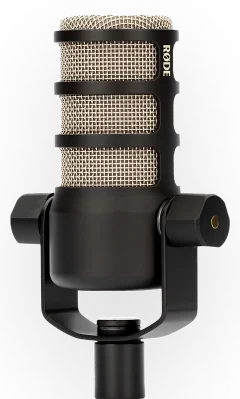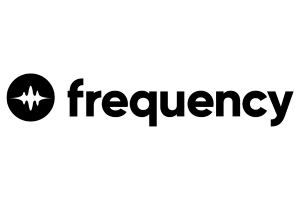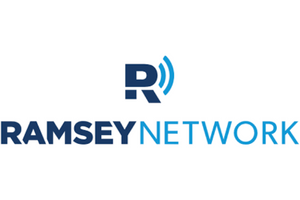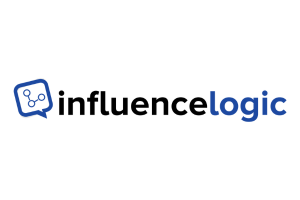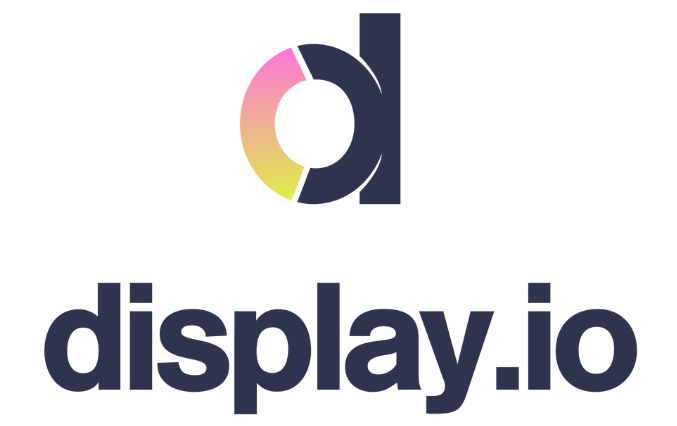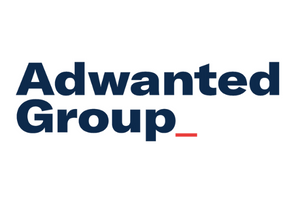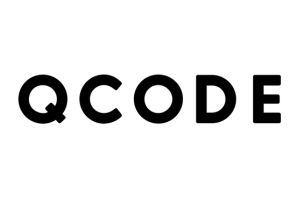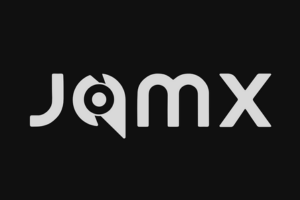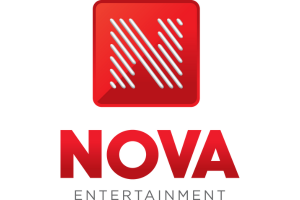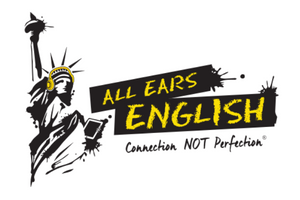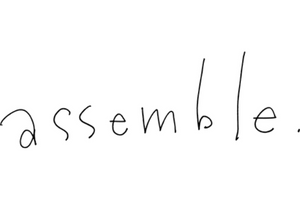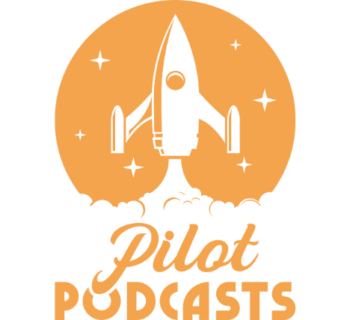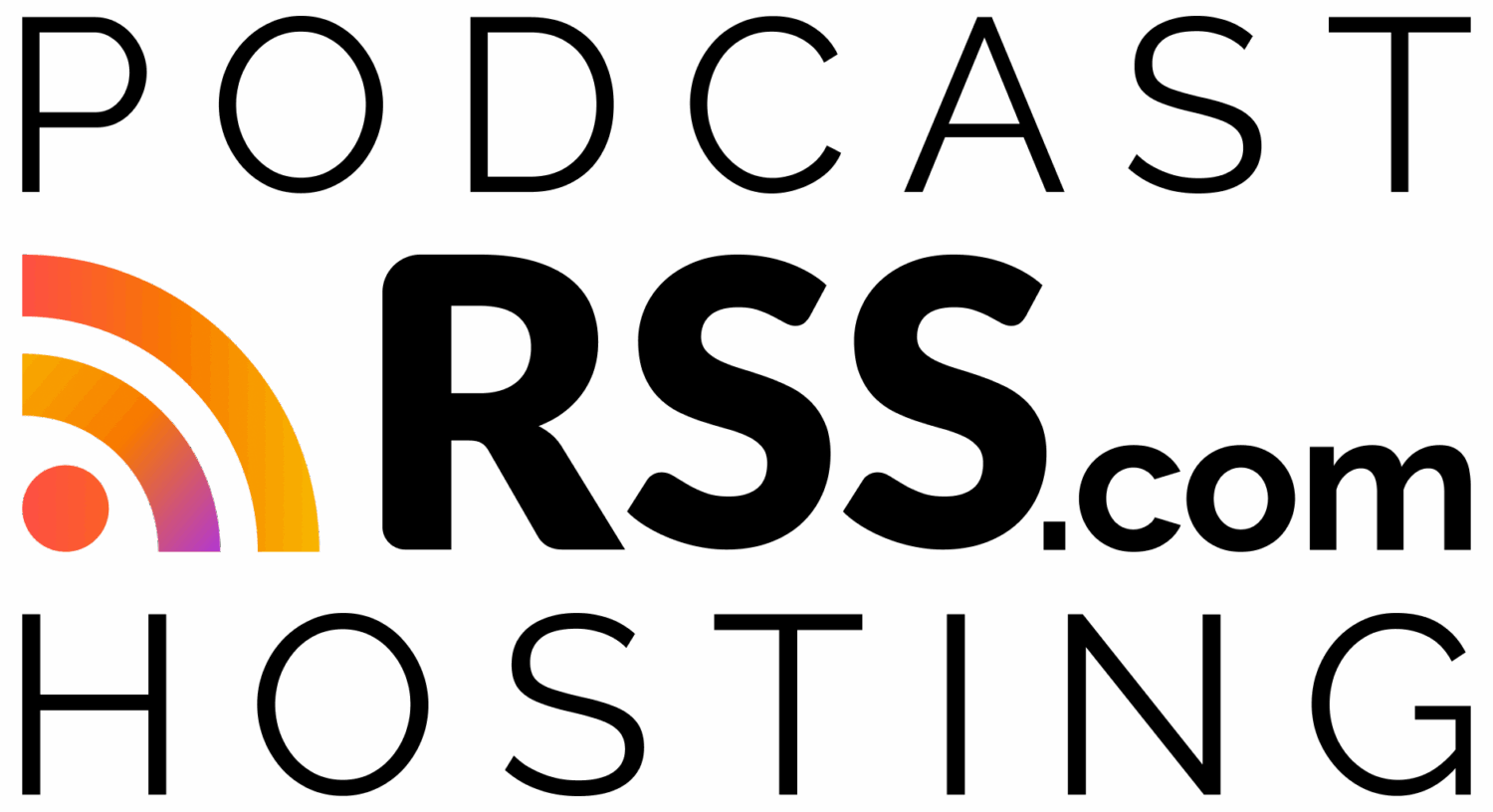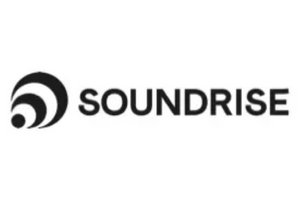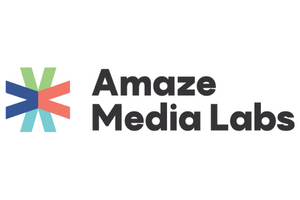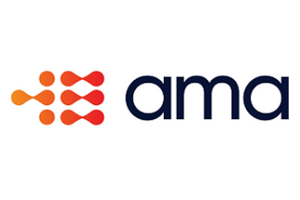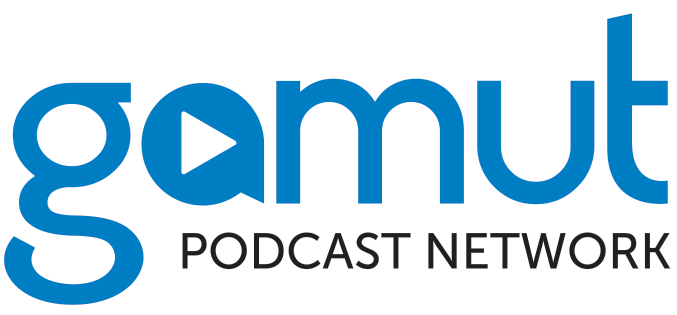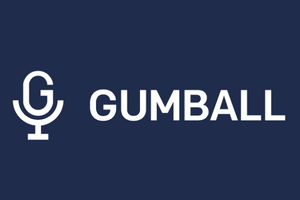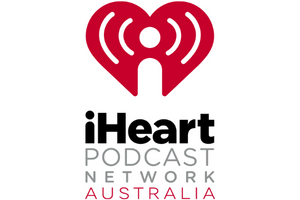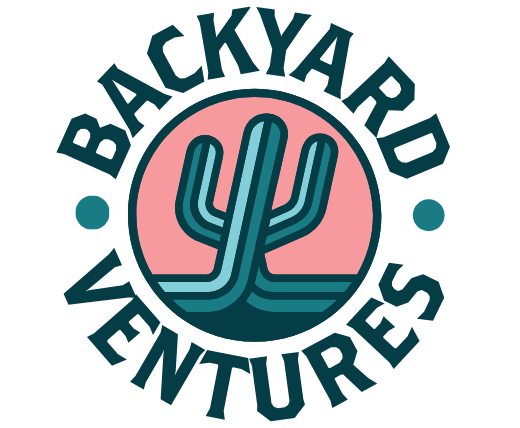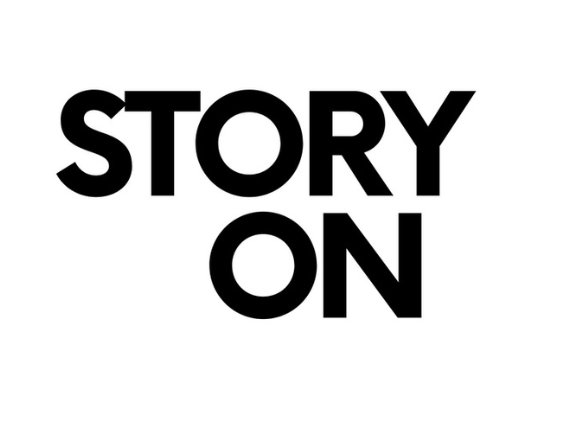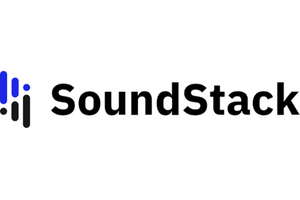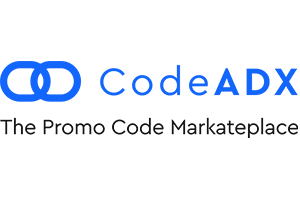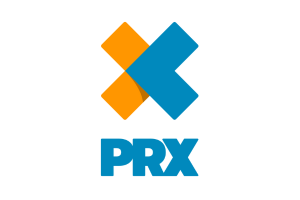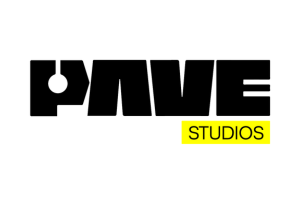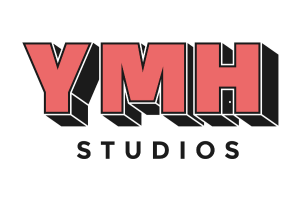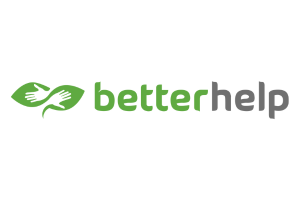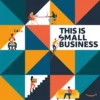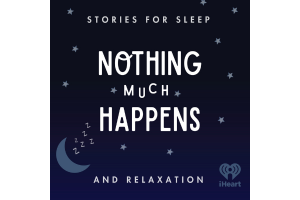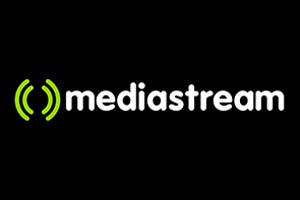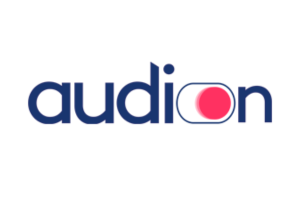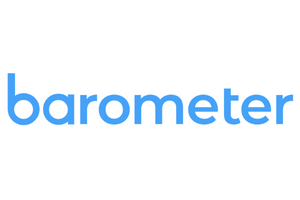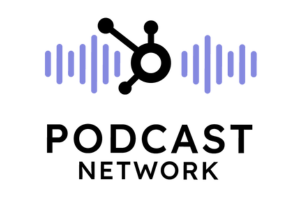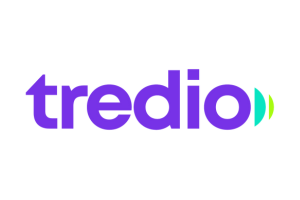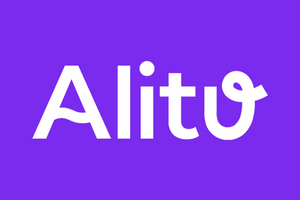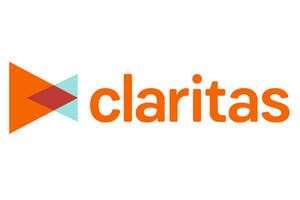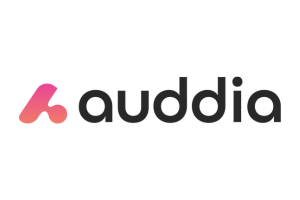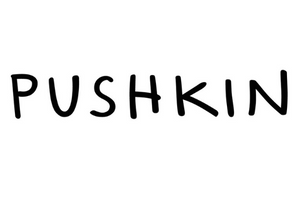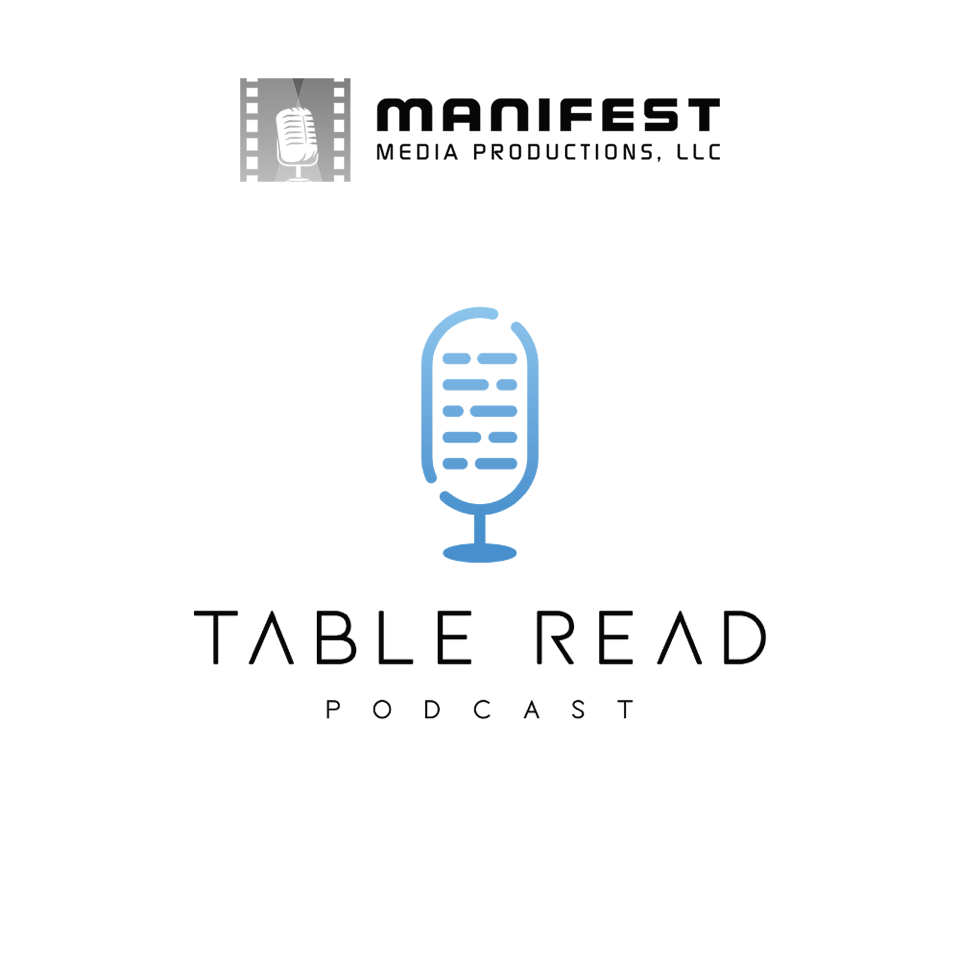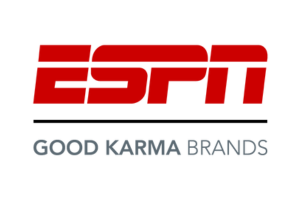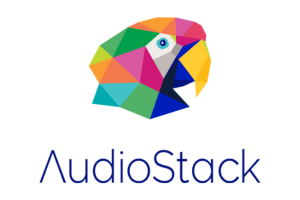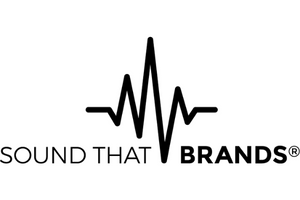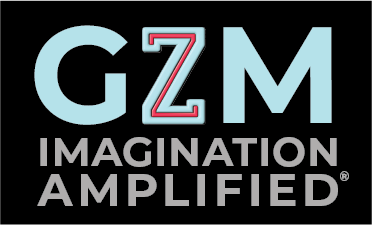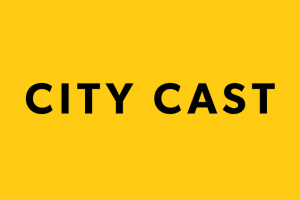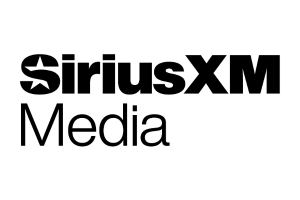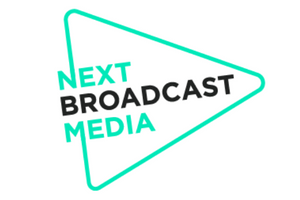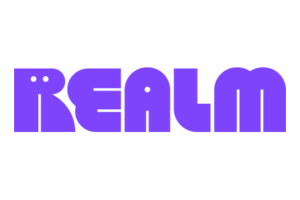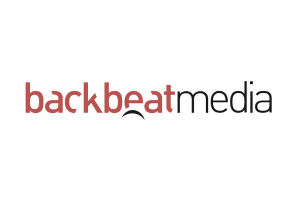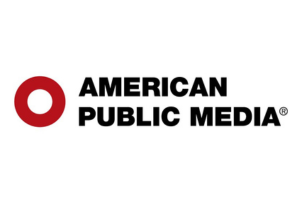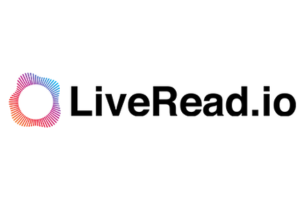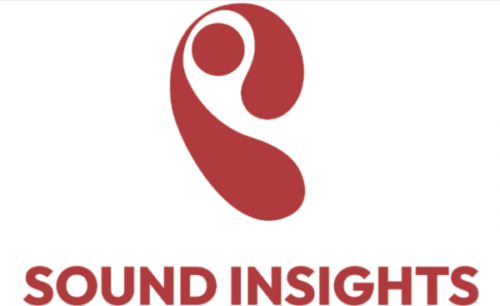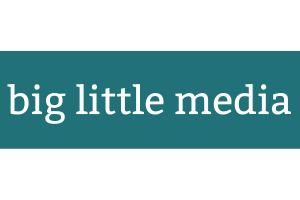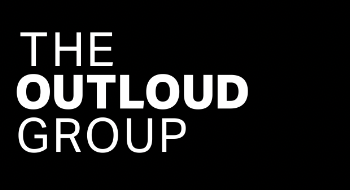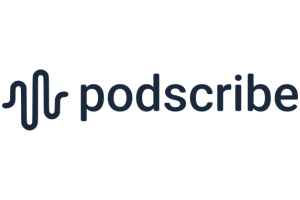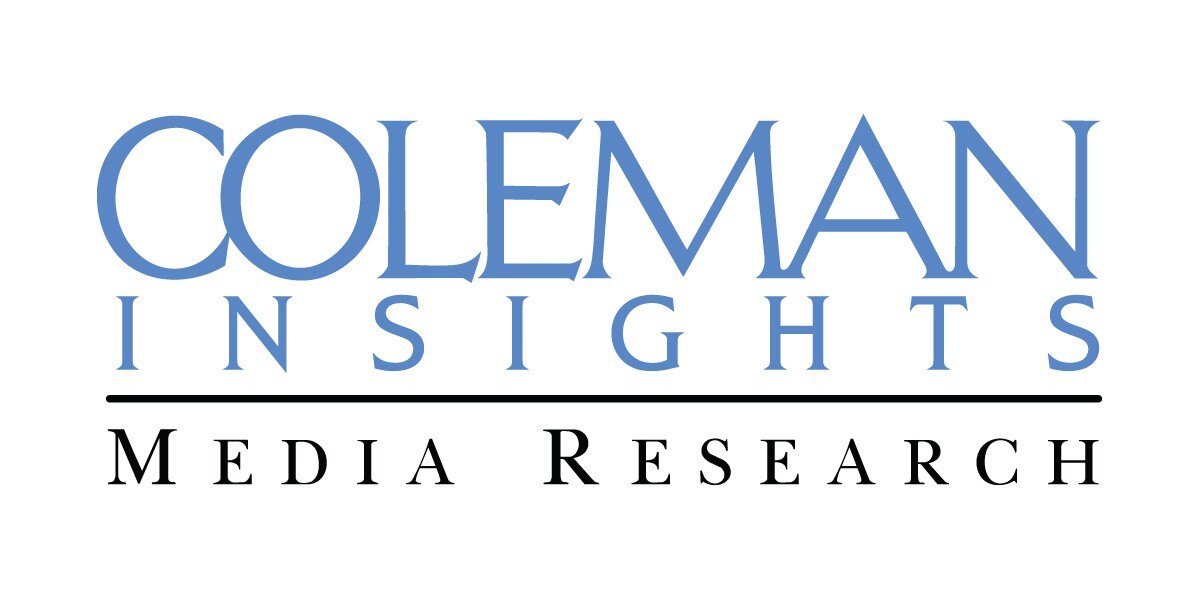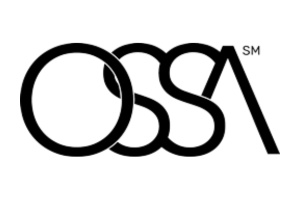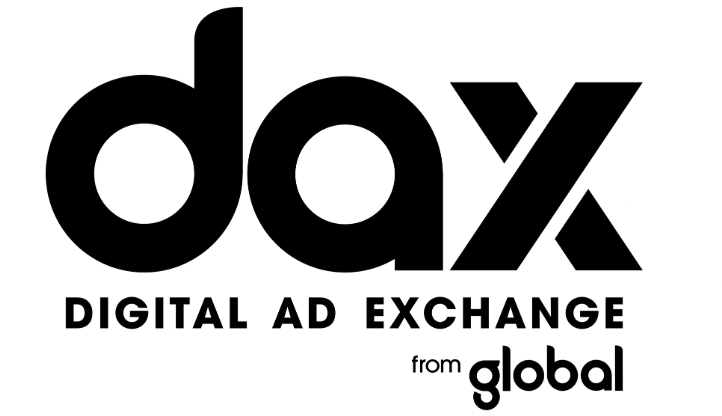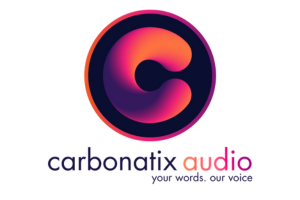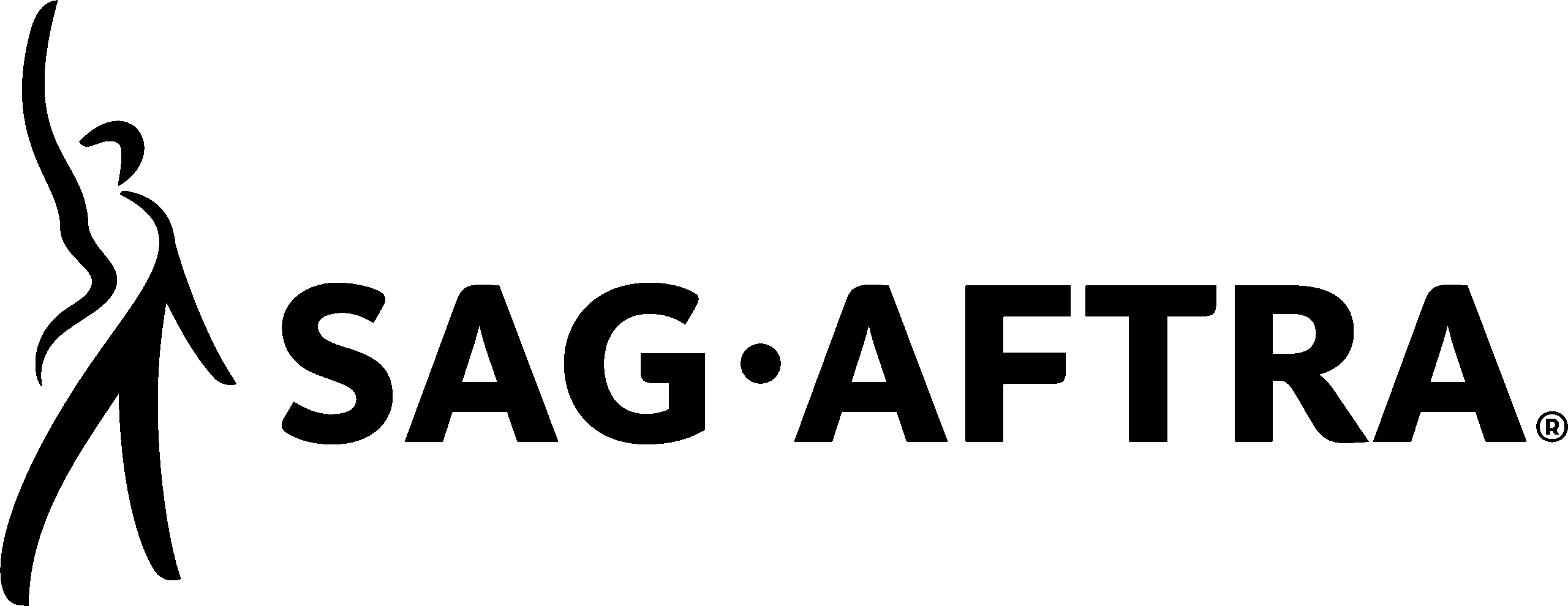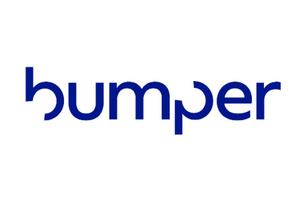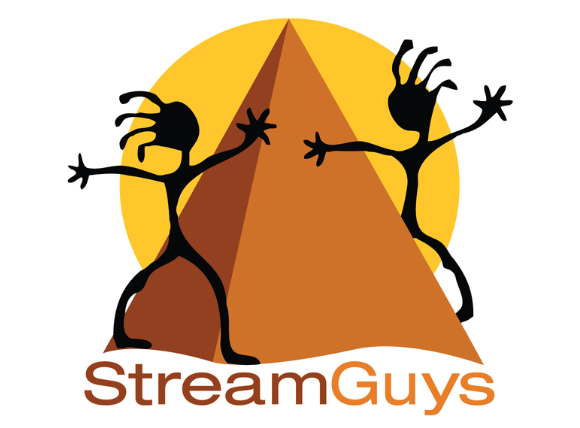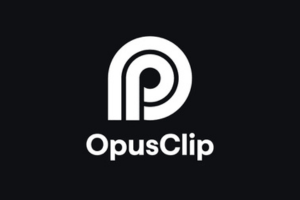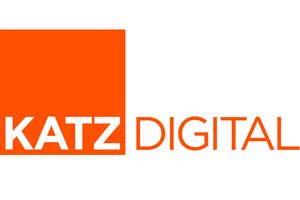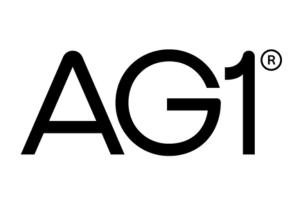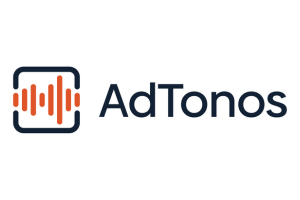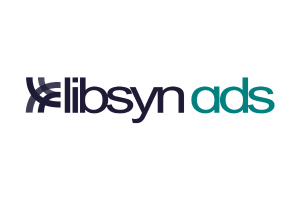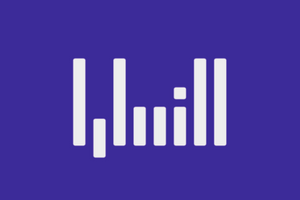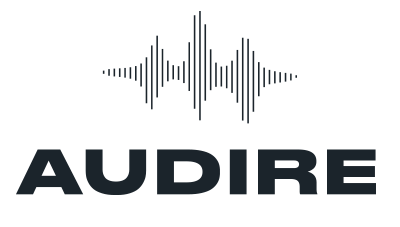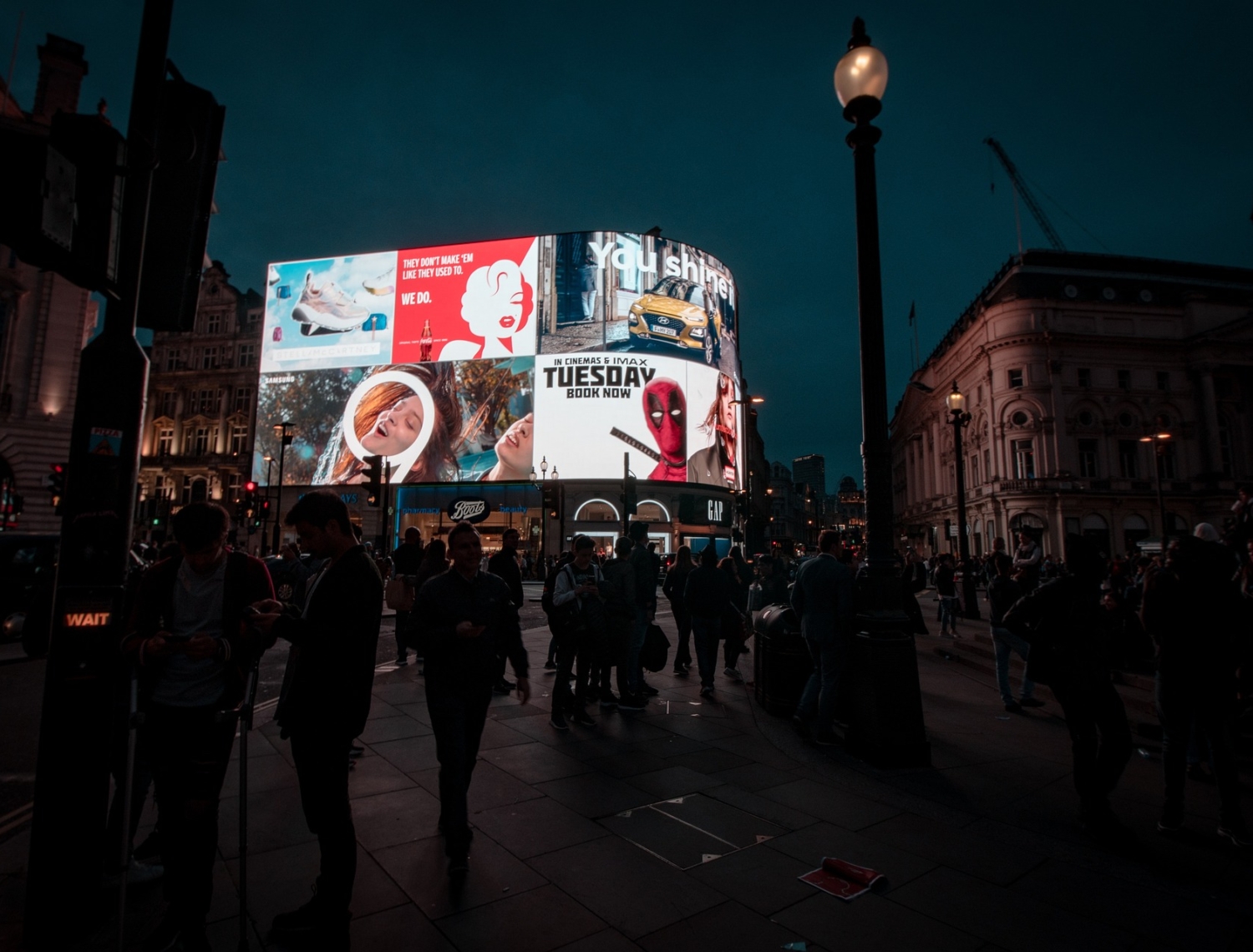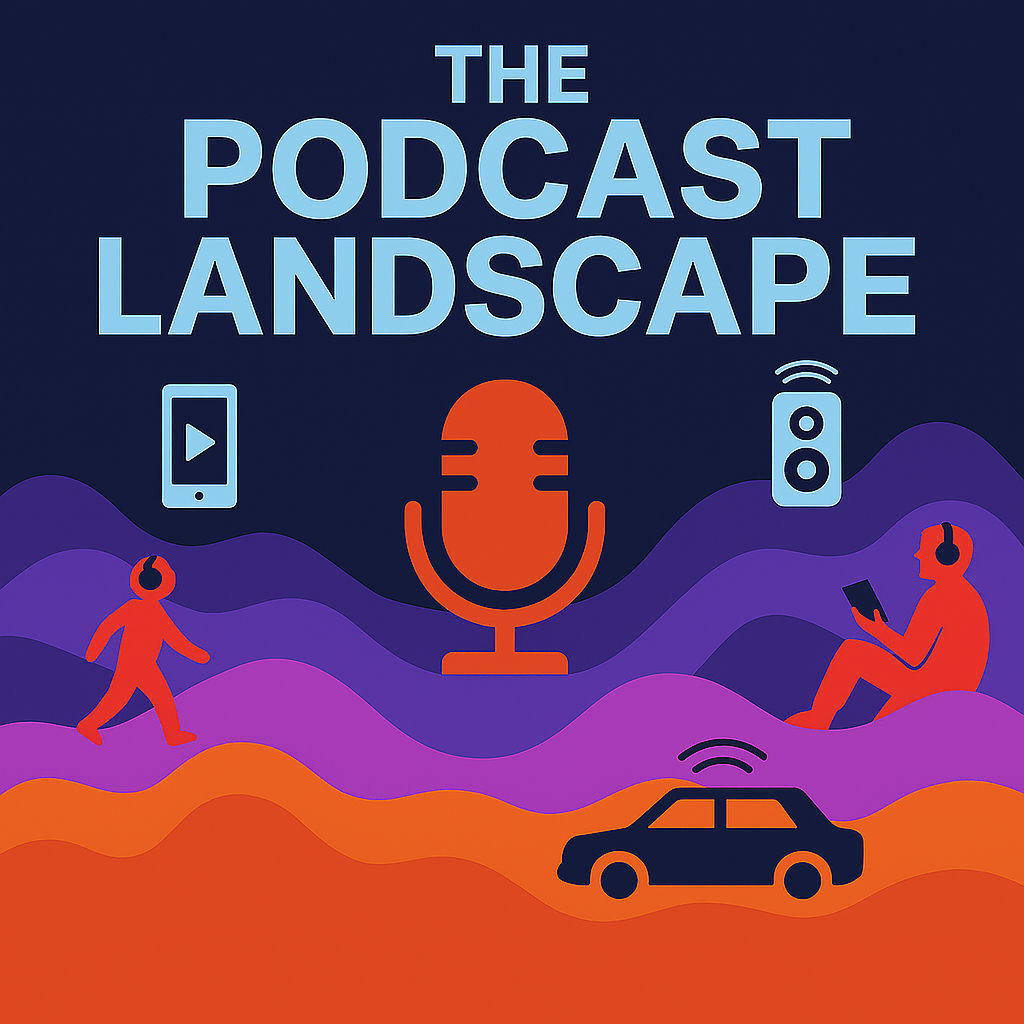Two of podcasting’s fastest-growing audiences are consumers of Self-Improvement, and Health & Fitness content. The new report Unlock the Power of Purpose-Driven Podcasting from Sounds Profitable and SiriusXM Media/SiriusXM Podcast Network debuts new data to explore what motivates these listeners and makes them uniquely receptive to branded content and advertising. Both the report and a half-hour presentation hosted by Tom Webster and Alexandria Caggia are available now on Sounds Profitable.
We took last week off from content, which gave me some thinking space to work through something I’ve been struggling to articulate for months: how do we encourage and promote the expansion of podcasting into new forms while still protecting the essence of podcasting? What even is “the essence of podcasting,” and should we be protecting it? Big questions. These days, maybe even existential questions, at least in some countries.
I’ve been tracking the evolution of podcasting for 20 years, and lately I’m watching an increasingly familiar drama unfold. On one side, you have preservationists worried that podcasting is losing its soul to video. On the other hand, you have growth advocates celebrating YouTube’s expansion of the medium to new audiences. Both sides are digging in, treating this as a zero-sum battle for podcasting’s future (and it’s a bit of a platform war, as well, which is a confounding variable).
But here’s the thing: they’re both right, and the binary thinking is getting in the way of smart solutions.
The Supply Side Obsession
Let’s start here, with the latest episode data from Livewire, which reported that RSS feed episode production declined in June by 4.7% over the previous month, noting that this measure is “one of the ways to measure the health of the current podcast ecosystem.” However, this metric does not account for video podcasting on YouTube, which is driving much of the medium’s actual recent growth. It’s less a proxy for the health of podcasting and increasingly more of a proxy for the primacy of RSS-driven podcasts.
I’ve never been a fan of using supply-side metrics to gauge the vibrancy of an industry. Maybe the decline in June is an artifact of an over-exuberant May. We don’t measure television health by counting how many shows get produced, or film industry vitality by tracking production volume. Of course, it’s harder to track those things in TV and film, and easy to track them in podcasting. It’s a classic case of the “streetlight effect” – looking for your keys under the lamppost not because that’s where you dropped them, but because that’s where the light is (cue Norm MacDonald’s Moth joke). The data on episode production is clean and available, so that becomes the proxy for health, even though it’s increasingly less helpful in understanding the actual state of the medium as it exists today.
These are supply-side measures in a world where demand is what really matters. And on the demand side, podcasting is thriving – survey research consistently shows growing reach, with time spent consuming podcasts holding steady around 6 hours per week. When your audience is expanding but individual consumption remains stable, that’s not stagnation – that’s successful market expansion.
Yet this focus on RSS episode counts reveals something deeper: an industry grappling with the existential question: “What even is a podcast anymore?”
A Global Preservation Movement
While we debate metrics, something fascinating is happening internationally. Podcast industry groups in France, the UK, and Canada are all pushing their governments for formal recognition and support, but each reveals different anxieties about the medium’s future.
France’s PIA wants legal recognition for podcasts as distinct cultural works, with tax credits and production grants. They’re explicitly worried about preserving “culturally significant formats” like documentaries and narrative series, framing podcasting as an “alternative to screens.” Their concern? Without support, only public broadcasters or AI will carry these formats.
The UK’s AudioUK takes a different angle, emphasizing economic legitimacy. They’re frustrated that a £5 billion industry creating thousands of jobs gets excluded from Creative Industries policy, despite politicians regularly appearing on podcasts for their own advocacy.
Canada’s approach is the most explicitly defensive. They worry about being “overrun by U.S.-dominated content and brand-funded AI-driven shows that lack cultural context.” With Canadian podcasts making up just 43% of domestic listening, they’re already losing the battle for local attention. I might argue that 43% is a pretty good number – the current regulations in Canada for radio mandate that 35% of broadcast content be of Canadian origin, so the fact that podcasts exceed that without regulation is actually kinda cool. But that number could slip and plummet at any time, and that of course is the crux of the initiative to protect the medium and its creators in Canada.
Three countries, three different focal points: cultural preservation, economic recognition, and content sovereignty. However, all three share the same underlying anxiety: that podcasting’s current growth trajectory might fundamentally transform what they’re trying to protect.
Learning from Radio’s Mistakes
Before we dismiss these concerns as industry protectionism, consider how US radio navigated streaming’s disruption. Spoiler alert: not great!
Radio’s response was largely defensive and misguided. Stations doubled down on traditional programming structures even as streaming offered infinite customization. They focused on reach and ratings while streaming platforms optimized for engagement. Many were slow to embrace streaming distribution, treating it as competition rather than expansion.
Most critically, radio lost confidence in what made it unique – live, local, communal, spontaneous – and tried to compete on streaming’s terms instead. The result? Radio ceded its distinctive value proposition while failing to win in spaces where it couldn’t compete.
The lesson isn’t that change is bad, but that abandoning core strengths while chasing new trends can be catastrophic.
Giving the Preservationists Their Due
Here’s where I part ways with pure growth advocates: the preservationists have legitimate concerns that go beyond industry nostalgia.
Audio podcast advertising rates are higher than typical video impressions for good reason. Audio creates a more intimate, less skippable advertising environment, often with host-read integration that video formats struggle to match. There’s real economic value in audio’s unique relationship with audiences.
But the more profound concern is cognitive. Pure audio consumption demands a different kind of attention – contemplative, imaginative, multitaskable in ways video isn’t. You can listen while walking, driving, cooking, or exercising. Your mind fills in the visual gaps, creating a more active, participatory experience. Audio can sustain 90-minute conversations because there’s no visual fatigue.
This isn’t just a format preference – it’s about preserving a mode of human engagement with ideas and stories. If future generations grow up expecting visual stimulation with their spoken content, do we lose that capacity for extended audio-only focus?
The Economics of Format Extinction
But here’s the insight that crystallized my thinking: video podcasting isn’t just changing distribution – it’s creating economic pressure toward specific formats, and that’s where the real threat lies.
Video podcasting has largely settled into a “chat show” format, and the economics explain why. A scripted audio documentary might require weeks of production, field recording, and sound design. Add video – even basic video – and you’re dealing with location logistics, lighting, multiple cameras, visual editing, and graphics. Production complexity and costs explode.
A three-person interview? Set up cameras, hit record, minimal post-production. The economic incentive heavily favors chat shows.
This creates genuine risk for audio’s creative diversity. Narrative podcasts, investigative journalism, fiction, experimental sound design – these formats depend on audio’s lower production barriers. If audiences and advertising dollars migrate toward video chat shows, these production-intensive audio formats could become economically unviable.
The French concern about documentaries and narrative series disappearing isn’t a case of format nostalgia. It’s recognizing that market forces naturally favor the cheapest video content over more expensive audio artistry.
This reframes the entire preservation debate. Instead of “protect RSS feeds from YouTube,” the question becomes: “How do we ensure economic incentives don’t accidentally eliminate valuable creative forms?” I’m not talking about stopping podcasting’s evolution or picking technological winners. I’m talking about preventing economic pressures from inadvertently creating a creative monoculture.
Video podcasting’s growth should be celebrated – it’s bringing new creators, bigger audiences, and easier monetization to the medium. But we can champion that expansion while ensuring audio’s unique creative possibilities survive.
The solution isn’t resistance to change – it’s targeted support for formats that can’t easily adapt to video economics. Tax credits for higher-production audio content. Funding programs that prioritize work requiring audio artistry. Cultural policies that recognize audio-intensive production as distinct from video chat content.
Beyond Binary Thinking
My definition of podcasting over the years has evolved to “audio first, on-demand episodic content.” Audio first, not audio only – acknowledging video’s role while maintaining audio’s primacy. This isn’t about technological purity; it’s about preserving what makes podcasting distinctive while allowing healthy evolution.
The industry is big enough for both chat shows and audio documentaries, for YouTube growth and audio intimacy, for mainstream reach and niche artistry. The goal shouldn’t be choosing sides; it’s ensuring that economic forces don’t inadvertently narrow our creative possibilities.
Growth and preservation aren’t mutually exclusive. The most vibrant creative ecosystems support both popular formats and challenging artistry, as well as mainstream appeal and experimental work. Podcasting’s future doesn’t have to be a choice between scale and soul – but it will require intentional effort to protect what’s valuable while embracing what’s possible.
The preservationists and growth advocates are both trying to protect something important. Maybe it’s time we stopped treating these concerns as contradictory and started building solutions that honor both.
New Partners
New Partners
Sounds Profitable exists thanks to the continued support of our amazing partners. Monthly consulting, free tickets to our quarterly events, partner-only webinars, and access to our 1,800+ person slack channel are all benefits of partnering Sounds Profitable.
- Mission Media AI leverages the power of cross-platform media to reach consumers and achieve meaningful marketing results for advertisers.
- Podcast Nation: Podcasting made simple, made fair, made right — a full-service network built for creators and made for female audiences.
- Podimo is a subscription-based podcast and audiobook platform offering exclusive, ad-free content from notable celebrities, journalists, and production companies.
Want to learn more about partnership? Hit reply or send us an email!


